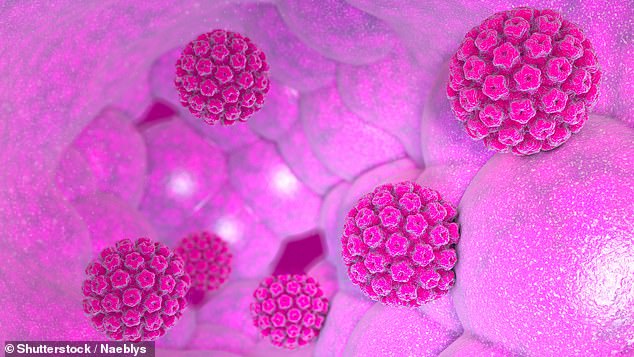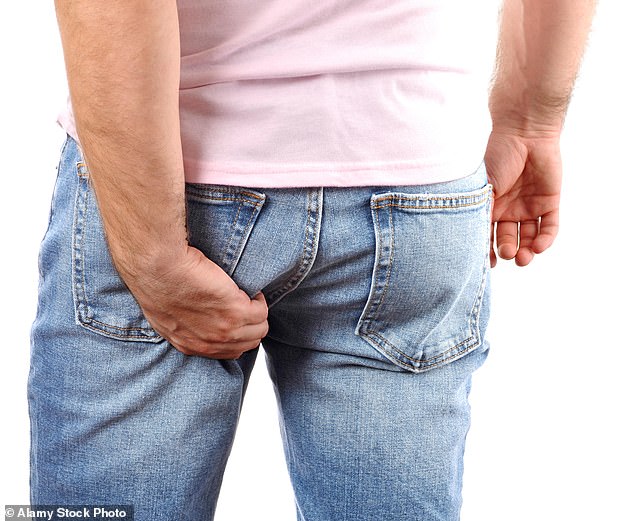A doctor has revealed the secret signs of anal cancer – and why it’s often confused for something else.
Dr. Goldstein explained around 90 percent of anal cancers – dubbed the ‘silent disease’ due to its lack of symptoms – stem from the human papillomavirus (HPV) – and anal warts.
‘Anal cancer stems from the HPV virus and, for many, from the development of anal warts,’ Dr. Goldstein, founder and CEO of Bespoke Surgical and Future Method, told New York Post.
The expert explained this could look like a single bump near the anus or as a cluster that resembles cauliflower, which can be raised or flat.
‘Many think they are just skin tags and then find out it’s anal warts from HPV,’ said Dr. Goldstein, who also authored: Butt Seriously: The Definitive Guide to Anal Health, Pleasure and Everything In Between.
He described anal warts as ‘painful and itchy’ and said they can ‘lead to bleeding.’
Treatment includes topical medications, cryotherapy or surgical removal, although some patients don’t have any symptoms and may not know they have anal warts.
The body’s immune system often clears HPV infections naturally, usually within a few years, but some linger.

Anal cancer is on the rise, with specialist Dr. Evan Goldstein sharing a little-known warning sign that can increase the risk, which he dubs a ‘silent disease’
While nine out of 10 HPV infections go away on their own, Johns Hopkins notes if the infection becomes persistent or more severe due to a weakened immune system, HPV can cause cancers later in life, including anal cancer.
The risk of developing anal cancer is around one in 500, according to the American Cancer Society. The site noted that this number was particularly high among white and Hispanic women over the age of 65.
Anal cancer symptoms can be similar to those of hemorrhoids and anal fissures, sometimes making it harder to diagnose.
The main symptoms are bleeding from the anus, itching and pain, as well small lumps around and inside your bottom and a discharge of mucus and inconsistent stool.
‘The idea is to catch this early with early detection anal pap smears and full anoscopy with an appropriate anal practitioner,’ Dr. Goldstein explained.
‘The more we talk about anal health and standardize yearly evaluations, similar to genecology appointments, the better all of us will be,’ he added.
Dr. Goldstein often shares information about anal health, revealing a critical mistake people are making after using the toilet, explaining it could lead to serious health issues over time.
The leading proctologist says ‘traditional wiping’ with toilet paper is causing unnecessary damage and is even more concerned about the popularity of using wet wipes to complete the job.

Dr. Goldstein described anal warts as ‘painful and itchy’ and said they can ‘lead to bleeding’ (stock image)
Speaking to HuffPost for Am I Doing It Wrong? Dr Goldstein explained that the skin around the anus is sensitive, and wiping with toilet paper can easily lead to irritation, small tears, and long-term damage.
It’s a problem that he sees far too often in his clinic, and it’s only getting worse as more people rely on wet wipes for a ‘cleaner’ finish.
‘They are so terrible – not only for the environment, but for your hole,’ he said.
‘There’s so many companies out there throwing wipes and I think they should all be banned. I see 90 people a week [in my office], and I would say one-third of all the people coming through are coming in from wet wipe-induced issues.’
According to Dr Goldstein, wet wipes are soaked in chemicals which can disrupt the microbiome of the area, which can lead to bacterial infections and painful skin conditions.